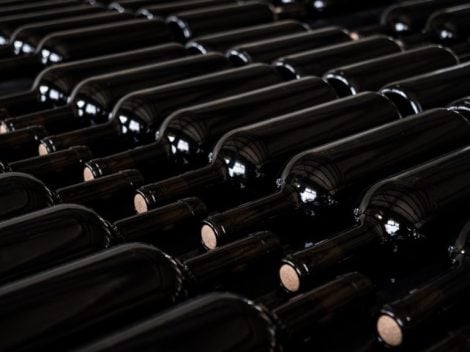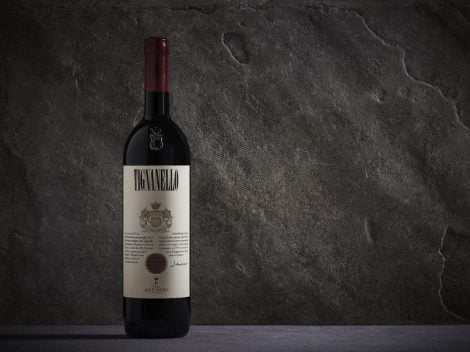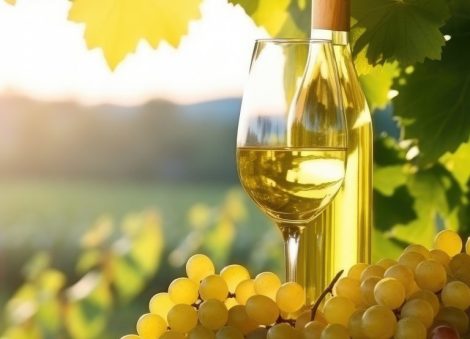Isarco Valley
The Isarco Valley is the most northern wine region of Italy and represents a unique place in the Alto Adige territory. It's a narrow valley eroded by glaciers and the course of the Isarco river, stubbornly wedged in the heart of the Alps. A deep, sharp and vertical crevice, which forces vines to sink their roots into steep slopes of little soil and outcropping rocks, or in the stony soils of narrow terraces, supported by neatly constructed dry-stone walls.
Isarco Valley: food and wine
The Isarco Valley is a world apart, a small and precious vineyard suspended between the peaks. Going up from Bolzano towards the Brenner pass, the road turns north-east and winds between the increasingly dark and looming slopes of the mountains. The cold shadow of the peaks hides the sun. The rocks jut on the skyline resting on the narrow horizon. Then the valley stretches slowly, becomes more welcoming, until it widens into the basin of Bressanone, surrounded by the splendid amphitheater of Varna and Novacella. A amphitheater planted in vines.
Wine growing in the Isarco Valley
In the history of the Isarco Valley, monks played a fundamental role. It's thanks to their patient work that the conservation of viticulture is alive today. Bressanone was a bishopric and the Abbazia di Novacella and Sabiona have always played a role of great importance in the social and economic life of the area. In the historic Novacella winery, still today one of the main producers in the Valley, wine was already being made in 1142.
Phylloxera effect
The devastation of phylloxera and two world wars almost completely destroyed the vineyards. In the post-war period only a few vineyards remained for family productions. Even if today South Tyrol is a land of great white wines, we mustn't forget that until the 1960s it was the red grape vines, and in particular the schiava, that was the most produced.
The renaissance of the Isarco Valley
It was in this period that a renaissance of the Isarco Valley germinated, with the creation of the Cantina di Chiusa, the recovery of old vineyards and the creation of new plants. Over the course of a few decades, we have gone from 70% red grapes to the almost exclusive cultivation of white grapes.
Climate and grape varieties
The Isarco Valley is a narrow furrow between high mountain massifs: the Dolomites soar to the east and the Sarentine Alps to the west. The Alpine arc shelters the valley from perturbations and refreshes the climate with considerable temperature shifts. Precipitation is rare and in the summer months the temperatures are very high, almost Mediterranean.
White grapes in the Isarco Valley
The combination of these particular conditions makes this area a very popular one for white grapes. The vineyards are cultivated at an altitude between 350 and 950 meters, but almost all the producers are planting new vines above 800 meters, to counteract rising temperatures. The Isarco Valley is the undisputed realm of white grapes from northern Europe, all traditionally vinified in purity.
Grape varieties
Today the attention of the producers is concentrated above all on two varieties: sylvaner and kerner. Sylvaner remains the identity vine of the valley and produces wines of great finesse and elegance. Kerner is the most loved by consumers for its intense and slightly aromatic taste. In the upper part of the valley, müller thurgau, kerner and sylvaner are cultivated, as well as grüner veltliner, riesling, gewürztraminer and pinot grigio. To the south we also find pinot bianco, sauvignon blanc and a bit of chardonnay. The red grape vines cover a few hectares, mostly zweigelt, portugieser, schiava and pinot noir.
The soils of the Isarco Valley
Despite the fairly small territory, the soils of the Valley present a certain heterogeneity. In general, these are rich in moraine gravels and river sediments deposited between one ice age and another. They are permeable soils that are able to absorb heat quickly. In the Bressanone basin the vineyards are found mostly on the orographic left, which benefits from well exposed and sunny slopes. The soils are predominantly of glacial origin, composed of sand and pebbles, with the presence of slate rocks, gneiss and granite.
The Southern part of the Valley
South of the Bressanone basin, the valley narrows slightly south-west. Vines are cultivated on the orographic right, characterized by soils rich in schists, gneiss and quartz porphyry. They are friable rocks with a lamellar composition, which, with the slow breakup, have created soils rich in gravel and mineral substances. Towards Chiusa, in the southern part of the Valley, the slopes are steep and the soils are very stony, with the presence of gneiss granite, gray porphyry, quartz and diorite.
by Alessio Turazza

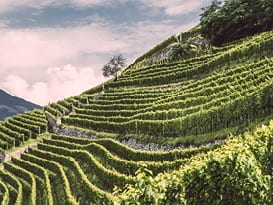
 It’s official: China joins the International Organisation of Vine and Wine
It’s official: China joins the International Organisation of Vine and Wine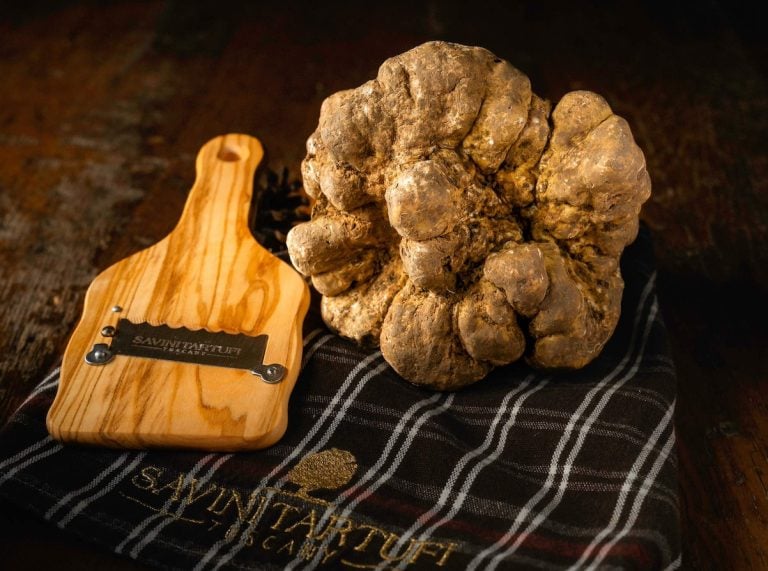 How and where to buy white truffle from Alba at a fair price: tips from an expert
How and where to buy white truffle from Alba at a fair price: tips from an expert The Italian wines with the best value for money: here are the National awards from Berebene 2025 guide
The Italian wines with the best value for money: here are the National awards from Berebene 2025 guide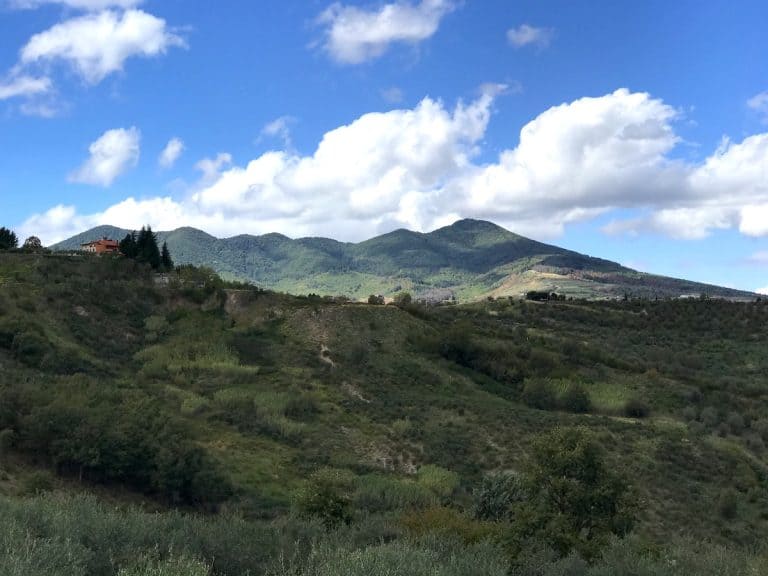 Where to eat in Venosa, the home of Aglianico del Vulture
Where to eat in Venosa, the home of Aglianico del Vulture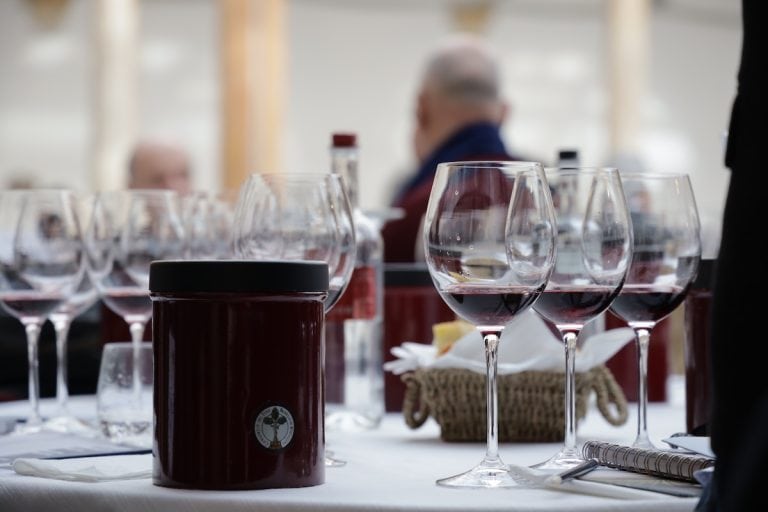 Brunello vs all: the Tuscan DOCG secures leadership in the luxury market in the US
Brunello vs all: the Tuscan DOCG secures leadership in the luxury market in the US